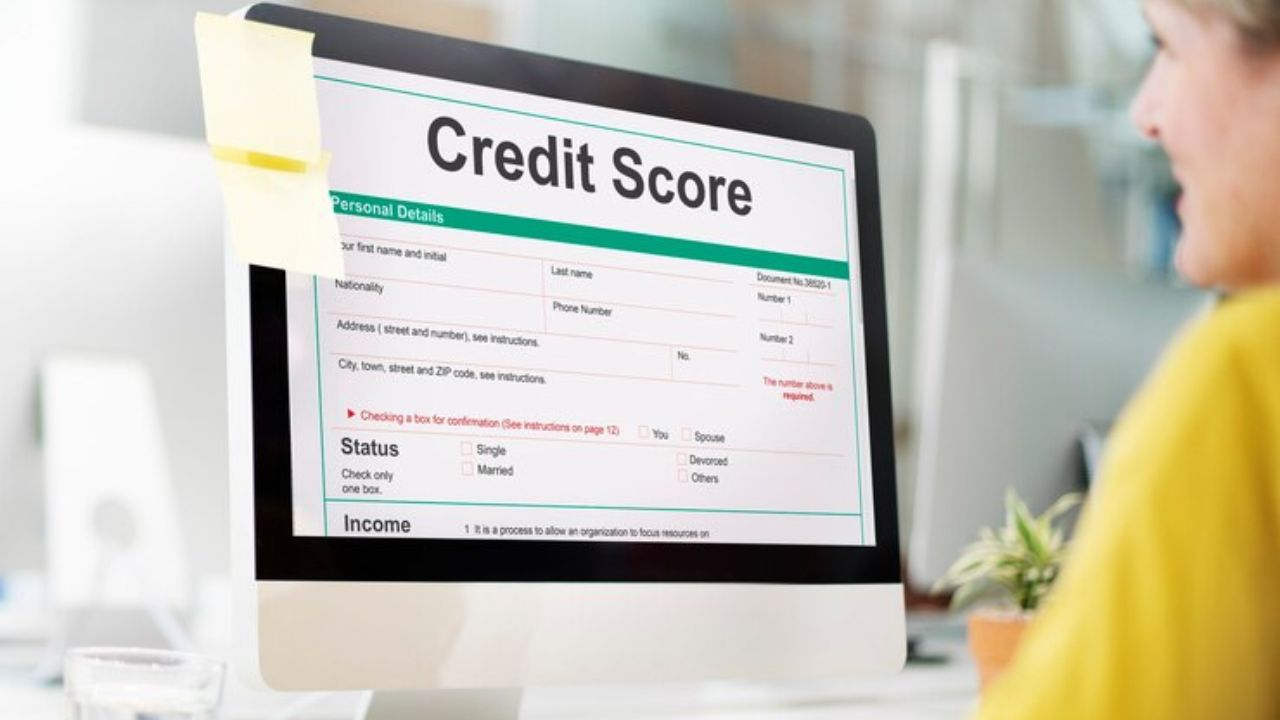Your credit report is one of the most important financial documents tied to your name. It influences your ability to secure loans, get approved for credit cards, rent an apartment, and even land certain jobs. But what happens when there’s an error on your credit report that’s dragging down your score?
Errors aren’t uncommon. In fact, millions of Americans find inaccurate or outdated information on their credit reports every year. If left unaddressed, these mistakes can hurt your financial standing, leading to higher interest rates or outright rejections from lenders. The good news? You have the right to dispute and correct these errors.
Here’s how to go about it.
1. Get a Copy of Your Credit Report
Before you can fix any errors, you need to see exactly what’s on your credit report. You’re entitled to one free credit report per year from each of the three major credit bureaus – Experian, Equifax, and TransUnion – through AnnualCreditReport.com. Checking all three reports is crucial because not all creditors report to every bureau, meaning an error might appear on one report but not the others.
2. Identify Errors and Gather Docs
Not all negative marks on your credit report are mistakes – some might be legitimate debts. But if you spot something that’s incorrect, outdated, or doesn’t belong to you, gather any supporting evidence to back up your claim.
Some of the most common credit report errors include:
- Incorrect personal information, such as misspelled names, wrong addresses, or accounts that belong to someone else.
- Duplicate accounts, where the same debt appears more than once.
- Incorrect balances or payment statuses that wrongly state a late or missed payment.
- Outdated negative information that should have been removed [most negative marks should disappear after seven years].
- Fraudulent accounts opened in your name due to identity theft.
3. Dispute Errors With the Credit Bureaus
Once you’ve identified the errors and gathered your evidence, it’s time to file a dispute with the credit bureaus. You can do this online, by mail, or by phone, but filing by mail is often recommended because it creates a paper trail of your dispute.
When submitting your dispute, include a written letter detailing the error and why it should be corrected. You can also include copies of supporting documents and your credit report with all incorrect information highlighted.
Each bureau has its own process for handling disputes, and they must investigate and respond within 30 days. If they determine that the information is incorrect, they are required to update or remove it.
Here’s where to submit disputes for each credit bureau:
- Experian: www.experian.com/disputes
- Equifax: www.equifax.com/personal/disputes
- TransUnion: www.transunion.com/dispute
4. Dispute the Error With the Creditor
Reaching out to the credit bureaus is an important step, but it’s not the only one. If the error originates from a specific creditor, such as a credit card company, loan provider, or collection agency, you need to dispute the inaccuracy directly with them as well. The Fair Credit Reporting Act [FCRA] requires creditors to provide only accurate and verifiable information to the credit bureaus, which means they must investigate and correct any mistakes when properly notified.
To dispute an error with a creditor, you should send a written letter detailing the incorrect information, explaining why it is wrong, and requesting a correction. Include all necessary documents and information to support your claim.
5. What If the Credit Bureau Refuses to Remove an Error?
Sometimes, credit bureaus will refuse to remove information that you know is inaccurate. While this can be frustrating, you have legal options under the Fair Credit Reporting Act [FCRA].
There are several ways a credit bureau or creditor can violate the FCRA, including:
- Reporting outdated information that should have been removed.
- Listing old debts as new to make them appear more recent.
- Failing to investigate your dispute properly.
Under the FCRA, if a credit bureau fails to correct inaccurate information within 30 days, you have the right to file a complaint with the Consumer Financial Protection Bureau [CFPB] or even take legal action. In some cases, you may be entitled to compensation for any financial losses caused by the error.
If the dispute process isn’t working in your favor, consulting with a FCRA attorney might be your best course of action.
6. Follow Up and Monitor Your Credit
Once you’ve filed your dispute, don’t just assume the issue is resolved. Credit bureaus and creditors are responsible for making corrections, but errors can slip through the cracks if you don’t follow up. After the investigation period, check your credit report again to ensure the inaccurate information has been removed or corrected. If the error remains, you may need to resubmit your dispute with additional evidence or escalate the matter through the Consumer Financial Protection Bureau [CFPB].
Even after successfully fixing an error, you should make a habit of monitoring your credit regularly. Reviewing your reports a few times a year helps you catch mistakes early before they can damage your credit score.
Putting it All Together
Fixing errors on your credit report isn’t always easy, but it’s absolutely worth the effort. A small mistake can have huge consequences on your credit score, affecting your ability to get approved for loans, credit cards, and even housing.
Being proactive will help you limit the damage.







































